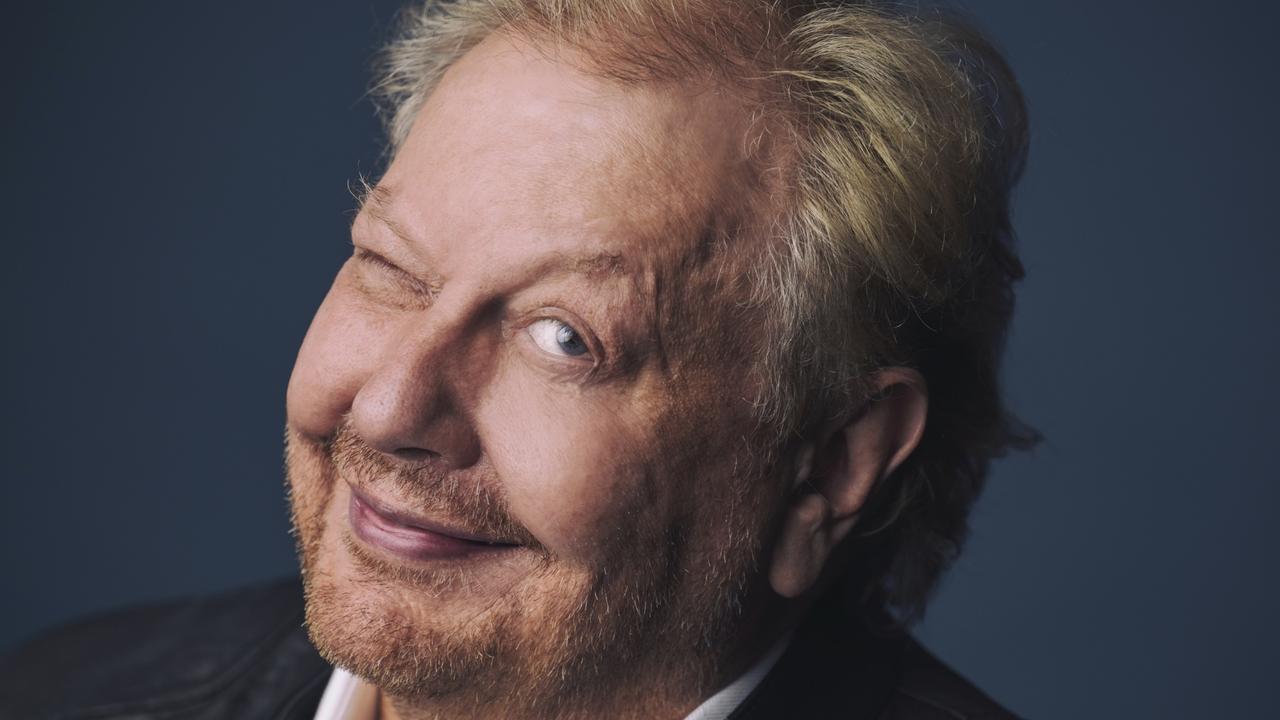Huawei takes aim over TikTok reprieve
The Australian government’s decision not to ban TikTok has drawn ire from Huawei Australia.
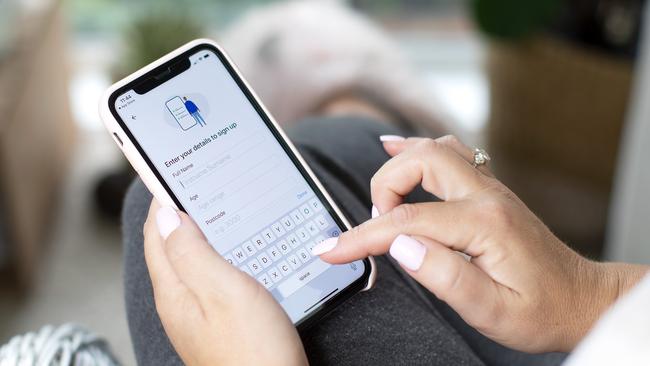
Hello and welcome to The Download, The Australian’s technology blog for the latest tech news.
Chris Griffith 10:35am: Huawei takes aim at TikTok
The Australian government’s decision not to ban TikTok has drawn ire from Huawei Australia. The Chinese telco feels it has been singled out for treatment that TikTok has avoided.
“We have had a good look at this, and there is no evidence for us to suggest … that there is any misuse of any people’s data [by TikTok]…. there is no reason for us to restrict those applications at this point. We’ll obviously keep watching them,” Prime Minister Scott Morrison says.
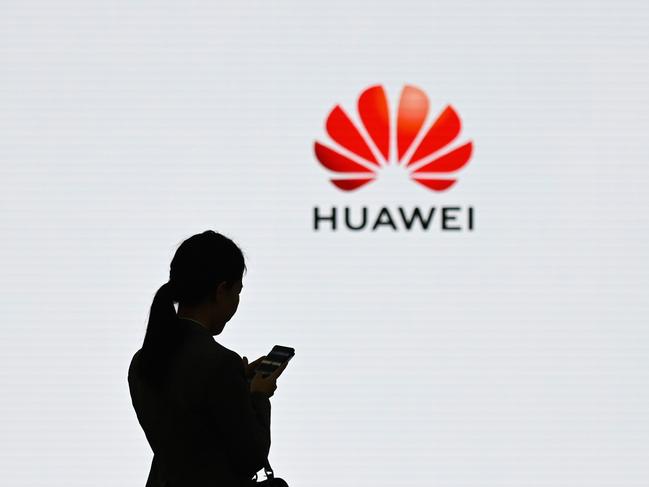
Huawei Australia in a statement says it welcomes “this evidence-based approach towards TikTok from the Morrison Government and are extremely regretful that the Turnbull Government did not take a similar approach when it banned Huawei from 5G in August 2018.”
Chief corporate affairs officer at Huawei Australia Jeremy Mitchell said Huawei should be have reviewed the same way as TikTok was.
“Huawei is extremely disappointed that whilst TikTok is being treated fairly and solely on the basis of its current conduct Huawei was banned by the Turnbull Government solely on the grounds of what it may do in the future – which is impossible for us to disprove,” Mr Mitchell says.
“As we have long argued the decision to ban Huawei by the Turnbull Government was made in a rushed manner and in a toxic political atmosphere in which Prime Minister Turnbull was attempting to fight off a challenge in his own party room.
“The more stable governing environment being delivered by Prime Minister Scott Morrison has clearly allowed the Prime Minister to take a fully evidence-based approach to TikTok – a privilege that Huawei was not afforded under the Turnbull Government.
“Huawei Australia stands ready at any time for discussions with the Federal Government to once again demonstrate our spotless record in delivering safe and secure networks for sixteen years in Australia and for ways to mitigate any perceived risk.”
9:45am: Trump in trouble again over post
Facebook has removed a post by US President Donald Trump which it said violated its rules against sharing misinformation about the coronavirus.
The post contained a video clip, from an interview with Fox & Friends earlier in the day, where Trump claimed that children are “almost immune” to COVID-19. “This video includes false claims that a group of people is immune from COVID-19, which is a violation of our policies around harmful COVID misinformation,” a Facebook spokesman said.
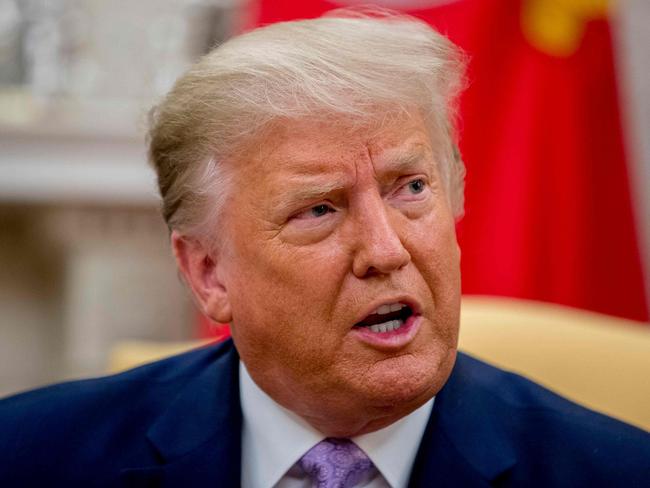
The White House did not immediately respond to a request for comment. The spokesman said it was the first time that the social media company had removed a Trump post for coronavirus misinformation.
It also appeared to be the first reported instance of Facebook taking down a post from the president for breaching its misinformation rules. The company had previously removed ads from Trump’s election campaign for breaking misinformation rules, in that case around a national census.
It had also taken down both Trump posts and campaign ads that showed a red inverted triangle, a symbol the Nazis used to identify political prisoners, for violating its policy against organised hate.
A Trump tweet containing the video was still available on Twitter on Wednesday evening. Twitter did not immediately respond to a request for comment.
Reuters
Chris Griffith 9:30am: Woolworths trials QR code contact tracing in Victoria
Woolworths has launched a trial of voluntary contact tracing in 11 stores. It uses a long established technology – QR codes. These are oblong shapes you point your phone at to glean information.
Over the years, if you saw a poster at a bus stop or rail station, you could point your phone at the QR code and obtain extra details about the product, or be sent to its website. Some people produced business cards with QR codes.

QR codes have enjoyed a resurgence during the pandemic, because they are contactless. Overseas, some consumers who don’t have credit cards have been able to scan a QR code and conduct a transaction on PayPal. They have also been installed in lifts, to offer health and other emergency information, And some public buildings such as museums are using QR codes to distribute information rather than use physical booklets.
QR codes also have the potential to eliminate the need for people at restaurants, and pubs, to write their name and phone number for contact tracing on paper, thereby reducing the risk of dozens if not hundreds of people sharing the one pen and becoming infected with the virus.
Given the limitations of QR codes, it’s not simply a matter of holding a phone at a terminal to scan your details. A QR code would give you a form on your smart phone where you add your name and phone number, and press ‘send’.
There is huge scope for a universal app that could achieve this a little more simply using NFC (near field communication) on modern phones. You’d simply open the app, hold your phone over a terminal as you would a credit card.
In the case of Woolworths, they could alternatively send a notification to customers requesting permission to record their presence (name and number) in a store when they scan their Woolworths rewards card at a pay terminal.
There are lots of ways to make it easy for people to give their name and phone number at stores, restaurants and pubs to provide contact tracing data should there be an outbreak there. It’s one area government needs to look at, given we are likely to be in this pandemic for a substantial time.
Woolworths says it has also unveiled a Under the Q-Tracker store booking function in Melbourne. “Under the Q-Tracker, shoppers can ‘book my shop’ in more than 40 stores so they do not need to wait in line. This follows successful trials in its Taylors Lakes, Hampton Park, South Melbourne and St Helena stores.”
This reduces the need for shoppers to wait in line.
Chris Griffith 9:15am: Many could be running old, buggy versions of COVIDSafe app
An Australian academic is urging users of the government’s COVIDSafe app to update it, saying that until recently, they may be running an early version of it that is full of bugs.
Vanessa Teague, an adjunct associate professor at ANU and CEO of Thinking Cybersecurity, says that in the past, users may have continued using old versions of COVIDSafe that had problems with signal detecting the Bluetooth signals from other phones, and other bugs that occurred with iPhones detecting other iPhone or Android phones.
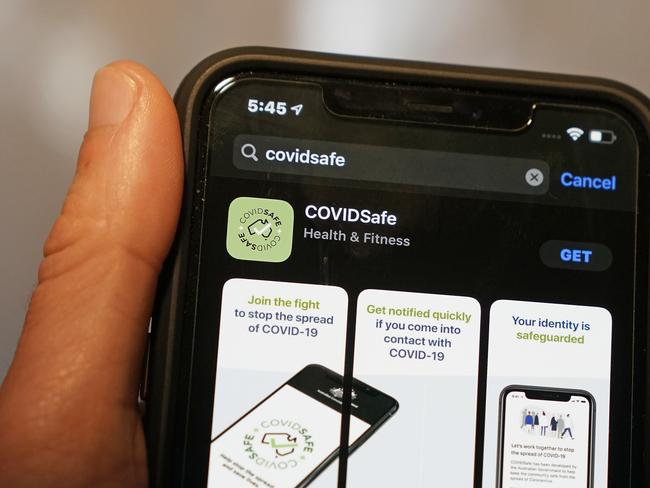
There was concern too about the app not working properly in the background on phones.
“Until recently, some people have been walking around with very old versions of the COVIDSafe app on their phone”, she told The Australian.
“It (updating) has definitely not been working in the past. Particularly with iPhones there were situations where the phones did not detect the Bluetooth they were supposed to.”
She said the developer community uncovered many bugs in the COVIDSafe app after its source code was made public. She said the government never posted code of the server system that administers the app.
However, she said the government had ironed out many of the bugs in the app over time.
The government’s Digital Transformation Agency (DTA) on Wednesday posted a new version of the app which allows users to display the app contents in a different language without altering the language on their phone.
“Previously, users needed to change the language of their device to view COVIDSafe in one of the translated languages … with this release, users will be able to select the language they would like to view from within the app itself.”
Importantly, it also addresses the issue that Dr Teague has raised about the COVIDSafe app updates.
“This release includes a new notification service that will help users make sure the app is working effectively,” the DTA post says. “The app will now advise users when there is a new version of the app and prompt them to update,” the post says.
The COVIDSafe app advises that if users are having problems updating it, they should “uninstall the app and follow your normal phone procedure to check for updates and install. Once complete, revisit the app store and reinstall the app.”
The problem of the app not updating is an issue where users do not have automatic updates selected. This generally applies to a minority of people, but when millions download an app, the number can be very large.
9:00am: Google pulls 2500 China-linked YouTube channels
Google says it has deleted more than 2,500 YouTube channels tied to China as part of its effort to weed out disinformation on the videosharing platform.
The Alphabet-owned company said the channels were removed between April and June “as part of our ongoing investigation into co-ordinated influence operations linked to China”.
The channels generally posted “spammy, non-political content,” but a small subset touched on politics, the company said in a quarterly bulletin on disinformation operations.
Google did not identify the specific channels and provided few other details, except to link the videos to similar activity spotted by Twitter and to a disinformation campaign identified in April by social media analytics company Graphika.
The Chinese Embassy in the U.S. didn’t immediately respond to a message seeking comment. Beijing has in the past denied allegations of spreading disinformation.
Reuters


